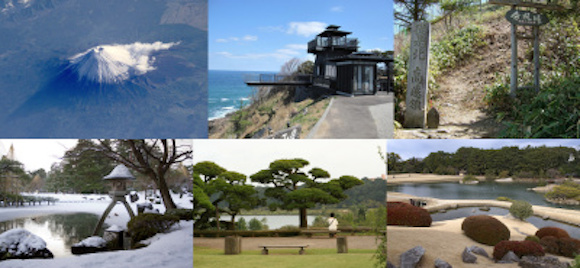
Japan really loves to put its tourist spots into a top three list, such as the top three gardens or the top three hot springs. And a lot of tourists like to visit all three of the places to be able to say they’ve completed the set. But which of these famous trios do Japanese tourists want to visit the most? The website Web R25 recently surveyed 664 of their readers to ask them which of the top three lists they most want to visit. Click below to find out which trio of tourist hotspots topped the list and be sure to let us know which one you prefer in our RocketNews24 poll at the bottom!
1. Top 3 nighttime views (Hakodate, Kobe, Nagasaki)
About a quarter of the respondents said that they would like to visit these three cities to see what many consider the best three nighttime views. Hakodate on Japan’s northernmost island of Hokkaido is famous for its gorgeous nighttime landscape as seen from the top of a nearby mountain. From its unique position on a peninsula, the city’s hourglass-like shape makes for a fantastic light display.
The nighttime view of Kobe, in Hyogo Prefecture, is best seen from the Mt. Maya observatory in the mountain range behind the bustling port city. From Mt. Maya, tourists can see a panoramic landscape of the densely populated Hanshin area where the cities of Kobe and Osaka merge into a sprawling metropolis of lights. And the hilly city of Nagasaki on Kyushu island in southern Japan makes for a breath-taking nighttime landscape of lights from the top of Mt. Inasa.
▼Hakodate
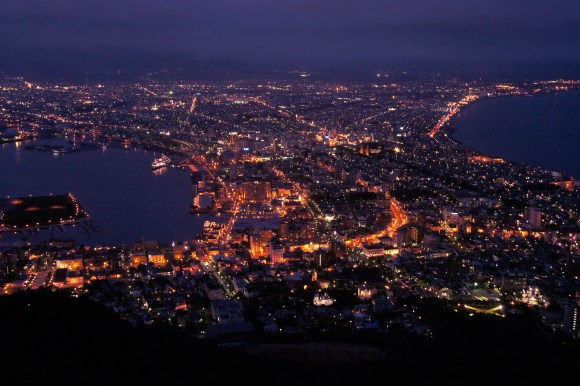
▼Kobe
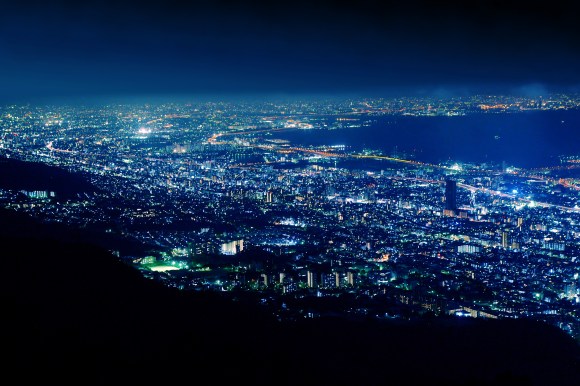
▼Nagasaki
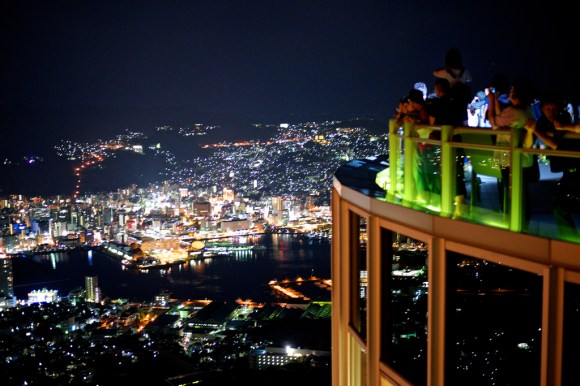
2. Top three hot springs (Atami, Shirahama, Beppu)
About 22% of the readers said that they wanted to visit all three of Japan’s “top three hot springs.” Being a volcanic country sitting on top of multiple fault lines, natural hot springs are everywhere in Japan. So to top the list of “best three” really says something about these three hot spring destinations.
Just south of Tokyo, Atami in Shizuoka Prefecture is well-known as the place where feudal lords like Tokugawa Ieyasu visited to take a relaxing bath in the area’s many hot springs. Mentioned in the second oldest Japanese history book, Shirahama in Wakayama Prefecture is well-established as a beach resort town with a huge number of hot springs. In the south, the Beppu hot springs in Oita Prefecture is famous for the many varieties of mineral baths and the town discharges the largest amount of hot spring water in Japan.
▼ The hot spring city of Atami
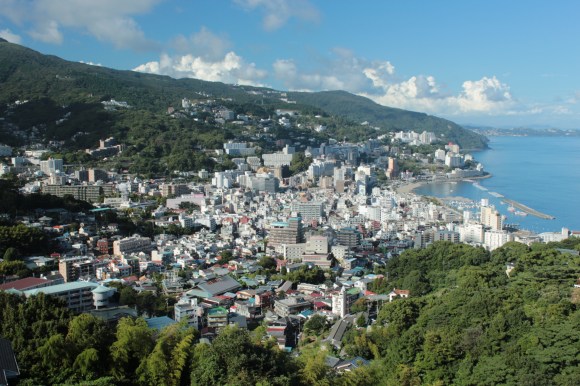
▼One of the beachfront hot springs of Shirahama
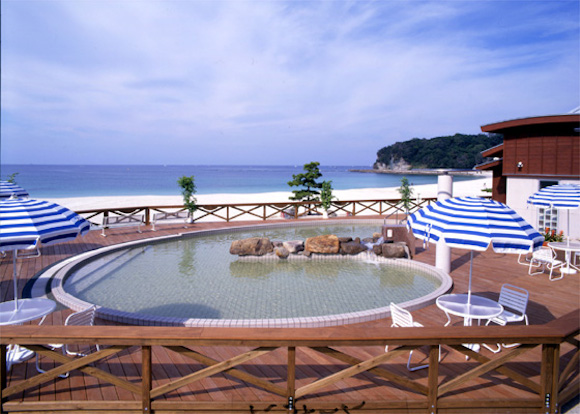
▼Beppu hot springs

3. Top 3 power spots (Mt. Fuji, Sanctuary Cape, Bungui pass)
Although the authenticity of power spots is dubious at best, almost 15% of the respondents said they would like to visit these three spots where it’s said that you can obtain spiritual energy from the earth. As Japan’s tallest mountain, Mt. Fuji is often regarded as holy land where humans can be close to the heavens and climbers there can also benefit from the earth’s energy that “exits” from the top. Sanctuary Cape on the tip of the Noto peninsula in Ishikawa Prefecture sits at a unique place in Japan where it juts out enough into the Sea of Japan where three different currents meet, supposedly giving visitors energy straight from Mother Nature. Bungui pass in Nagano Prefecture boasts of being a place with “zero magnetic field” and hikers can be filled with the qi, or energy, that flows there.
▼ Mt. Fuji
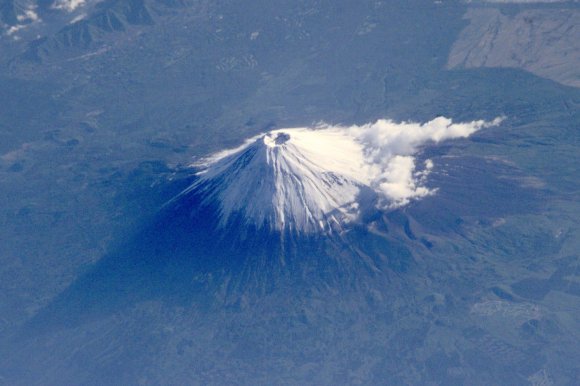
▼ Sanctuary Cape
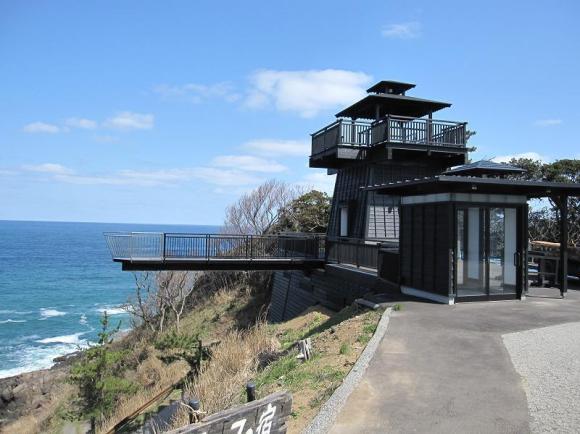
▼Bungui pass
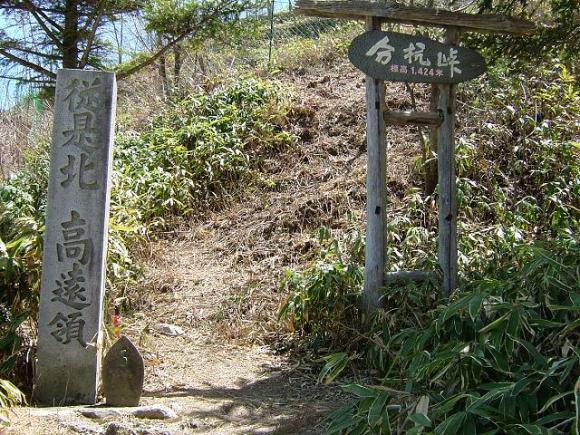
4. Top 3 festivals (Gion Festival, Tenjin Festival, Kanda Festival)
While not really a place, about 12% of people said that they wanted to go to all three of Japan’s most famous festivals. The month-long Gion Festival in Kyoto takes place every July and the biggest draw is the parade of Yamabako floats on the 17th. The history of the festival goes back more than 1,000 years. The Tenjin Festival in Osaka also goes back more than 1,000 years and is famous for the parade of fire-lit boats that ends with fireworks. On odd-numbered years, the Kanda Festival in Tokyo holds a massive parade where 100 portable shrines are carried through central parts of the capital city.
▼Gion Festival in Kyoto
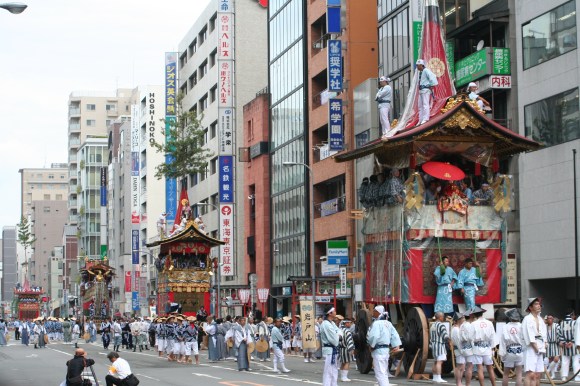
▼ The parade of boats at the Tenjin Festival in Osaka
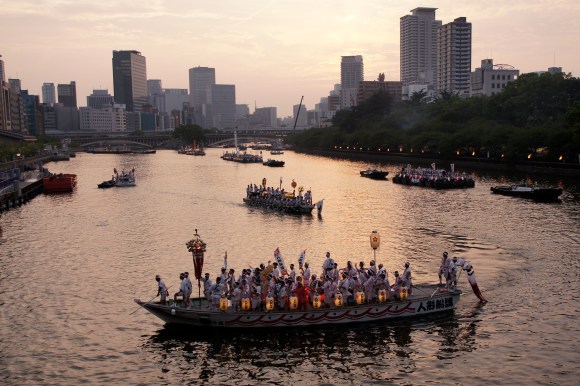
▼Kanda Festival
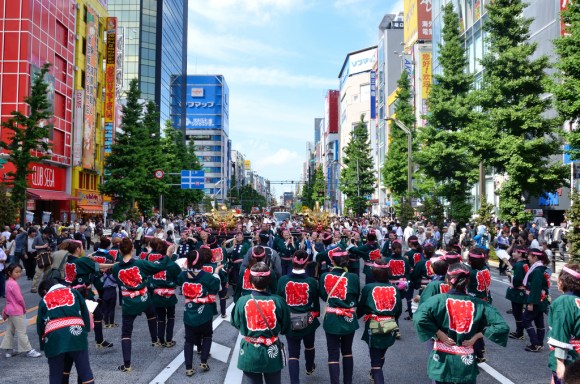
5. Top 3 cherry trees (Miharu Takizakura, Usuzumizakura, Jindaizakura)
Cherry blossoms, or sakura, are a big deal in Japan every spring when the flower blossoms and people gather to eat and drink themselves silly under the pretty pink petals in hanami or flower-viewing parties. Although these three gigantic sakura trees aren’t really the place for hanami, about 10% of respondents said that they would like to see three of Japan’s biggest cherry blossom trees.
Miharu Takizakura in Fukushima Prefecture is a 1,000 year-old cherry tree that looks like a water fall of cherry blossom petals. About 300,000 people visit the 12 meter-high national treasure every year. Usuzumizakura in Gifu Prefecture is said to have been planted by Emperor Keitai 1,500 years ago. Its name comes from the light gray, or usuzumi, color the blossoms turn when they fall. Jindaizakura in Yamanashi Prefecture may be one of Japan’s oldest cherry trees at 2,000 years old and is said to have been planted by Prince Yamatotakeru.
▼Miharu Takizakura
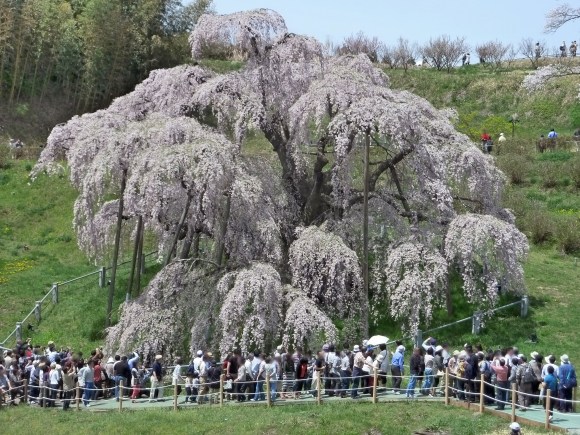
▼Usuzumizakura
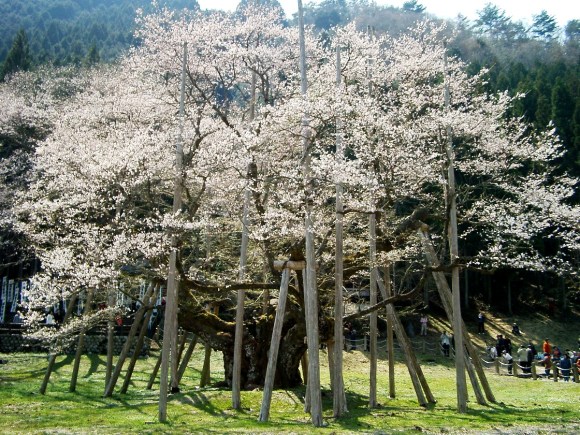
▼Jindaizakura
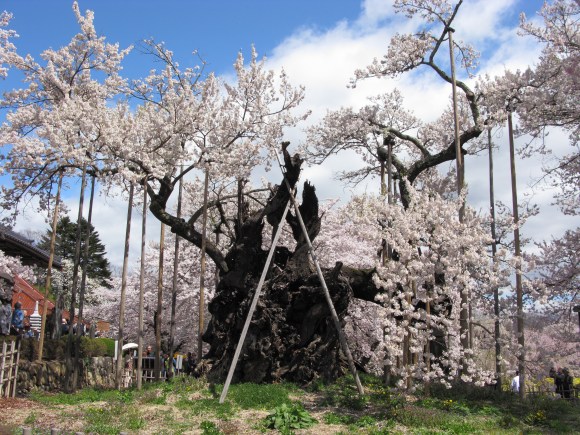
6. Top 3 secret places (Shirakawa in Gifu, Iyayama village, Shiiba village)
About 10% of people said that they wanted to visit these three Japanese villages known for being well off the beaten path. Shirakawa Village in Gifu Prefecture is a UNESCO World Heritage site and is especially popular to visit in the winter time when snow coats the unique thatched roof houses. Iyayama Village in picturesque Iya valley has become a very popular tourist destination for its vine bridges and untouched natural beauty. In the middle of Kyushu Island, the mountainous Shiiba Village can only be reached by windy roads through the dense Miyazaki Forest.
▼ The thatched houses of Shirakawa
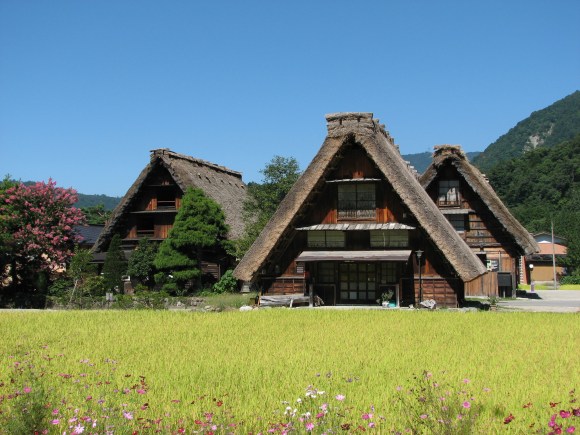
▼ Iyayama Village scenery
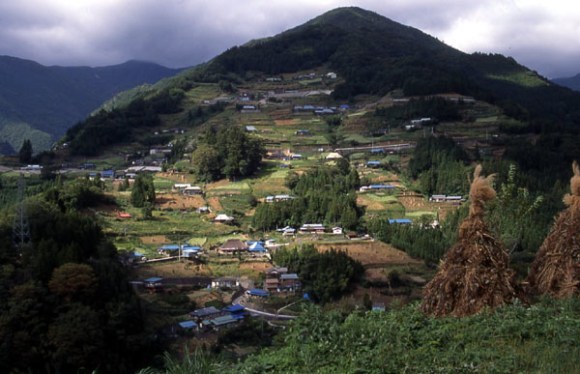
▼Shiiba Village
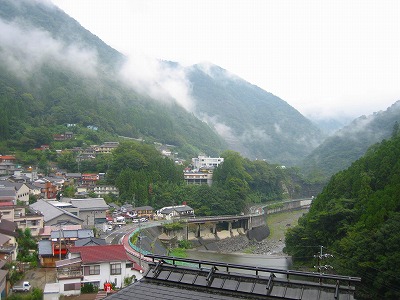
7. Top 3 secret baths (Niseko Yakushi hot springs, Yachi hot springs, Iya hot springs)
About 9% of people said that they wanted to make the trek to visit all three of Japan’s “secret baths,” small hot springs located far from the larger tourist-heavy baths. In Hokkiado, Niseko Yakushi is a hot spring said to cure all sorts of physical problems. The murky bath is surrounded by mountains in a small, cozy inn. The no-frills Yachi hot spring in northern Aomori prefecture is 780 meters above sea level and first opened about 400 years ago. And if taking a cable car to an open-air bath 170 meters below your hotel sounds like a good time, Iya hot springs in Tokushima is the place for you to enjoy a warm bath overlooking the Iya ravine.
▼ The murky waters of Niseko Yakushi
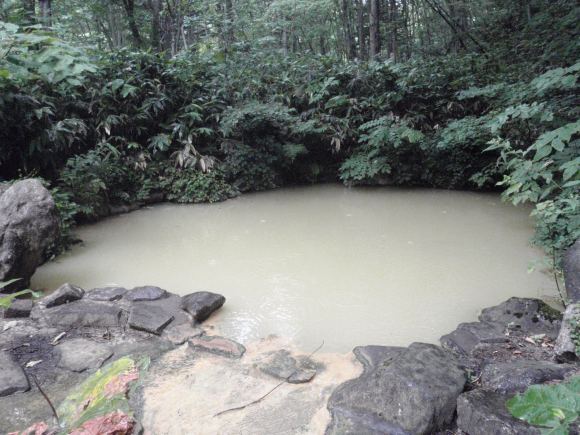
▼ No luxuries here at Yachi hot springs
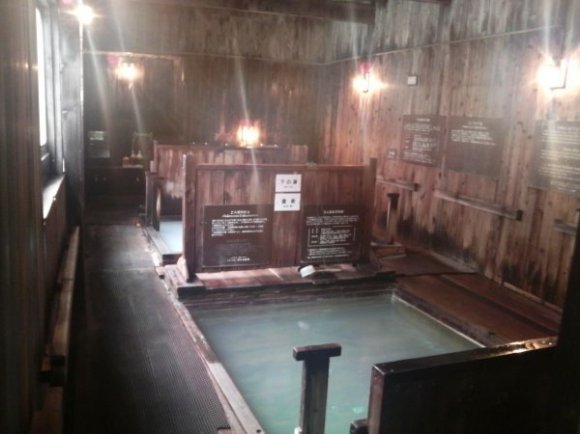
▼ A view of the Iya ravine from Iya hot springs
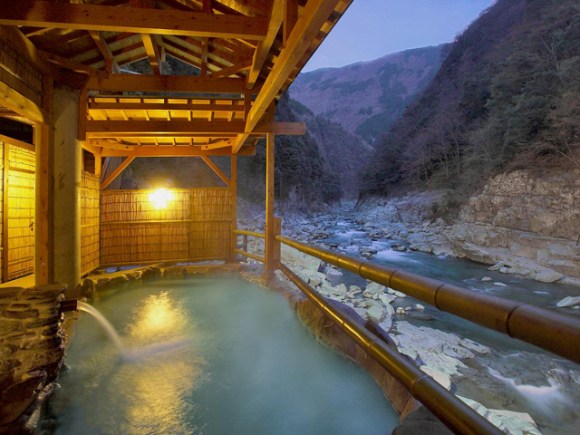
8. Top 3 castles (Kumamoto Castle, Nagoya Castle, Himeji Castle)
For a country where castles are a dime a dozen, Japan may argue which castles are the best, but about 8% of people wanted to visit these three in particular. Rebuilt in 1960, Kumamoto Castle still has some of the original wooden buildings on site from its more than 500 year history. Much of Nagoya Castle was destroyed in World War II when it was used as a POW camp administration office, it still remains an important part of history for the former castle town in Nagoya. And although Himeji Castle in Hyogo Prefecture was damaged by bombing in WWII and the 1995 Hanshin Earthquake, it is mostly intact and is the most visited castle in Japan thanks to extensive restoration.
▼ Kumamoto Castle
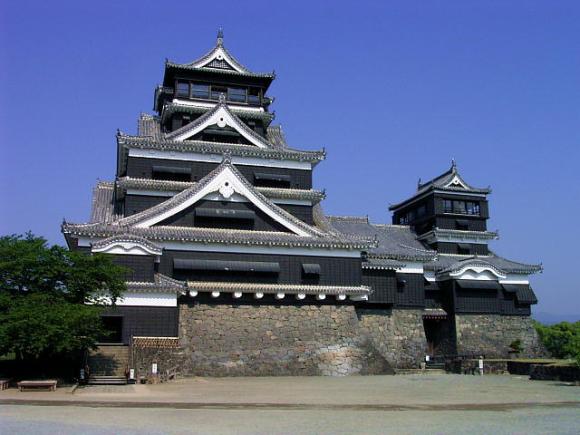
▼ Nagoya Castle
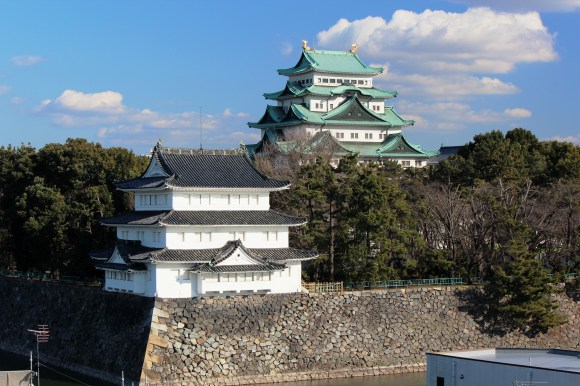
▼ Himeji Castle

9. Top 3 sacred places (Mt. Osore, Mt. Hiei, Mt. Koya)
Sacred, holy or just plain haunted, these three places in Japan are said to be very active with the supernatural realm and about 7% of respondents wanted to experience all of them. Known as the gateway to hell, Mt. Osore, or Dread Mountain, is a spooky-looking caldera volcano in a very remote part of Aomori Prefecture. And on the border of Kyoto and Shiga prefectures, Mt. Hiei it known from ancient folklore as the home of gods and demons, but is also the actual home of one of the most significant monasteries of Japan, Enryaku-ji. Just south of Osaka, Mt. Koya in Wakayama Prefecture is home to a buddhist university and more than 100 temples that host pilgrims who want to experience the life of a monk.
▼ View from the top of Mt. Osore
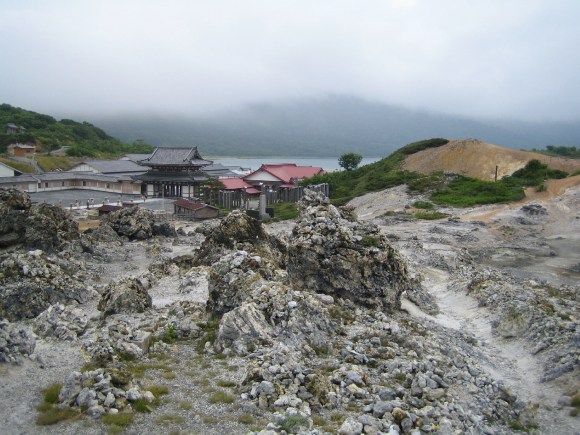
▼ Mt. Hiei from Lake Biwa
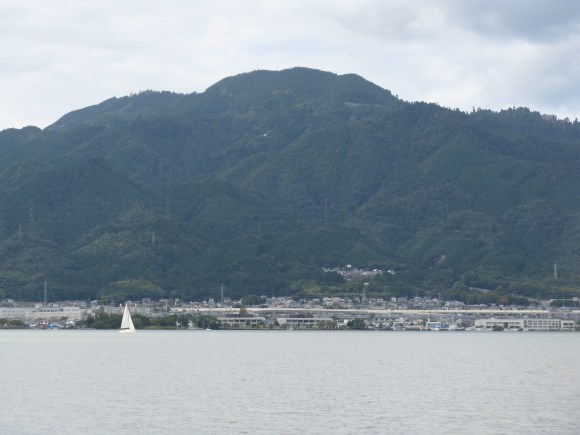
▼ A road on Mt. Koya
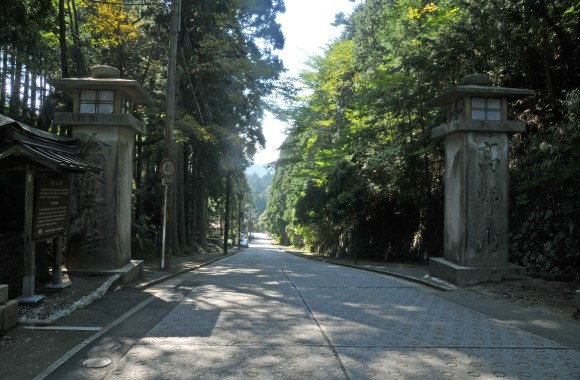
10. Top 3 gardens (Kenrokuen, Kairakuen, Kourakuen)
The Three Great Gardens of Japan finished up the top 10 list with about 7% of people wanting to visit the trio of famous gardens. In Kanzawa, Ishikawa Prefecture, Kenrokuen is most famous for the oldest continually functioning water fountain in Japan. Kairakuen, in Ibaraki Prefecture, is unique for its status as the only one of the top three built for the public, not for a ruling lord. And Kourakuen in Okayama was heavily damaged from WWII bombing, but was restored soon after to its original beauty.
▼Kenrokuen after a snowfall
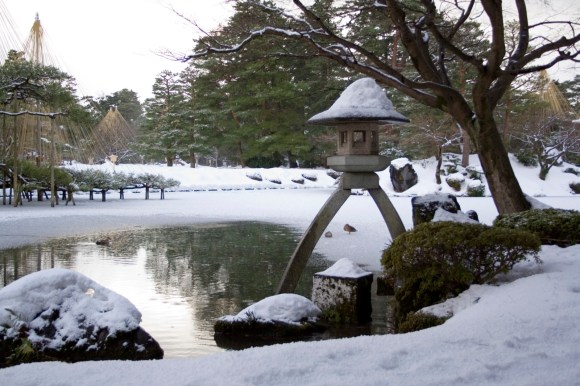
▼ Kairakuen
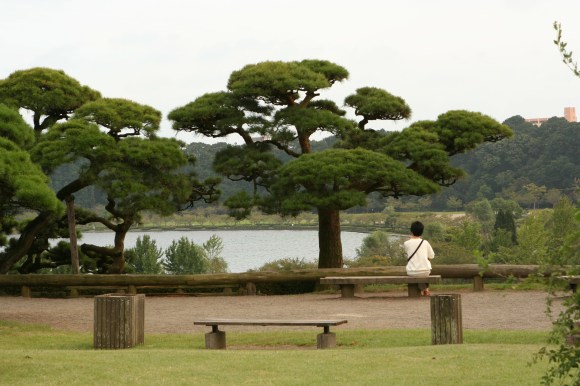
▼Kourakuen
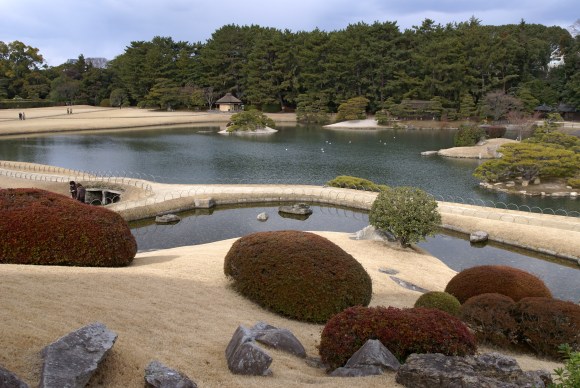
Now that you know ten of Japan’s most famous “top 3” lists, which trio of famous sites would you most like to visit? Let us know in the poll below! Also, let us know in the comments which of these “top 3” sites you have already been to and if they are worth the visit!
Source: Web R25

 Sakura in Japan 2019: The best spots for hanami cherry blossom viewing
Sakura in Japan 2019: The best spots for hanami cherry blossom viewing 18 awesome overnight hot spring trips from Tokyo, and a quiz to help pick the best one for you
18 awesome overnight hot spring trips from Tokyo, and a quiz to help pick the best one for you The top 10 hot springs Japanese travelers want to visit this fall
The top 10 hot springs Japanese travelers want to visit this fall Japan’s 30 best travel destinations, as chosen by overseas visitors
Japan’s 30 best travel destinations, as chosen by overseas visitors New ultra-stylish, extra-traditional Shinkansen has tatami floors, foot baths
New ultra-stylish, extra-traditional Shinkansen has tatami floors, foot baths McDonald’s new Happy Meals offer up cute and practical Sanrio lifestyle goods
McDonald’s new Happy Meals offer up cute and practical Sanrio lifestyle goods More foreign tourists than ever before in history visited Japan last month
More foreign tourists than ever before in history visited Japan last month All-you-can-drink Starbucks and amazing views part of Tokyo’s new 170 meter-high sky lounge
All-you-can-drink Starbucks and amazing views part of Tokyo’s new 170 meter-high sky lounge The oldest tunnel in Japan is believed to be haunted, and strange things happen when we go there
The oldest tunnel in Japan is believed to be haunted, and strange things happen when we go there Arrest proves a common Japanese saying about apologies and police
Arrest proves a common Japanese saying about apologies and police Wear Japan’s most iconic landmark on your shoes with this Adidas collaboration【Photos】
Wear Japan’s most iconic landmark on your shoes with this Adidas collaboration【Photos】 Is the new Shinkansen Train Desk ticket worth it?
Is the new Shinkansen Train Desk ticket worth it? Starbucks reopens at Shibuya Scramble Crossing with new look and design concept
Starbucks reopens at Shibuya Scramble Crossing with new look and design concept Beautiful Sailor Moon manhole cover coasters being given out for free by Tokyo tourist center
Beautiful Sailor Moon manhole cover coasters being given out for free by Tokyo tourist center We tried Japan’s Strawberry Daifuku? liqueur, one of three dessert-themed liqueurs
We tried Japan’s Strawberry Daifuku? liqueur, one of three dessert-themed liqueurs Disney princesses get official manga makeovers for Manga Princess Cafe opening in Tokyo
Disney princesses get official manga makeovers for Manga Princess Cafe opening in Tokyo We try out “Chan Ramen”, an underground type of ramen popular in the ramen community
We try out “Chan Ramen”, an underground type of ramen popular in the ramen community Beautiful new Final Fantasy T-shirt collection on the way from Uniqlo【Photos】
Beautiful new Final Fantasy T-shirt collection on the way from Uniqlo【Photos】 Foreign English teachers in Japan pick their favorite Japanese-language phrases【Survey】
Foreign English teachers in Japan pick their favorite Japanese-language phrases【Survey】 There’s a park inside Japan where you can also see Japan inside the park
There’s a park inside Japan where you can also see Japan inside the park Japanese convenience store packs a whole bento into an onigiri rice ball
Japanese convenience store packs a whole bento into an onigiri rice ball Studio Ghibli releases Kiki’s Delivery Service chocolate cake pouches in Japan
Studio Ghibli releases Kiki’s Delivery Service chocolate cake pouches in Japan Japan’s bone-breaking and record-breaking roller coaster is permanently shutting down
Japan’s bone-breaking and record-breaking roller coaster is permanently shutting down New definition of “Japanese whiskey” goes into effect to prevent fakes from fooling overseas buyers
New definition of “Japanese whiskey” goes into effect to prevent fakes from fooling overseas buyers Foreign passenger shoves conductor on one of the last full runs for Japan’s Thunderbird train
Foreign passenger shoves conductor on one of the last full runs for Japan’s Thunderbird train Our Japanese reporter visits Costco in the U.S., finds super American and very Japanese things
Our Japanese reporter visits Costco in the U.S., finds super American and very Japanese things Kyoto bans tourists from geisha alleys in Gion, with fines for those who don’t follow rules
Kyoto bans tourists from geisha alleys in Gion, with fines for those who don’t follow rules Studio Ghibli unveils Mother’s Day gift set that captures the love in My Neighbour Totoro
Studio Ghibli unveils Mother’s Day gift set that captures the love in My Neighbour Totoro Domino’s Japan now sells…pizza ears?
Domino’s Japan now sells…pizza ears? New Japanese KitKat flavour stars Sanrio characters, including Hello Kitty
New Japanese KitKat flavour stars Sanrio characters, including Hello Kitty Sales of Japan’s most convenient train ticket/shopping payment cards suspended indefinitely
Sales of Japan’s most convenient train ticket/shopping payment cards suspended indefinitely Sold-out Studio Ghibli desktop humidifiers are back so Totoro can help you through the dry season
Sold-out Studio Ghibli desktop humidifiers are back so Totoro can help you through the dry season Japanese government to make first change to romanization spelling rules since the 1950s
Japanese government to make first change to romanization spelling rules since the 1950s Ghibli founders Toshio Suzuki and Hayao Miyazaki contribute to Japanese whisky Totoro label design
Ghibli founders Toshio Suzuki and Hayao Miyazaki contribute to Japanese whisky Totoro label design Doraemon found buried at sea as scene from 1993 anime becomes real life【Photos】
Doraemon found buried at sea as scene from 1993 anime becomes real life【Photos】 Tokyo’s most famous Starbucks is closed
Tokyo’s most famous Starbucks is closed One Piece characters’ nationalities revealed, but fans have mixed opinions
One Piece characters’ nationalities revealed, but fans have mixed opinions We asked a Uniqlo employee what four things we should buy and their suggestions didn’t disappoint
We asked a Uniqlo employee what four things we should buy and their suggestions didn’t disappoint Princesses, fruits, and blacksmiths: Study reveals the 30 most unusual family names in Japan
Princesses, fruits, and blacksmiths: Study reveals the 30 most unusual family names in Japan Studio Ghibli’s new desktop Howl’s Moving Castle will take your stationery on an adventure
Studio Ghibli’s new desktop Howl’s Moving Castle will take your stationery on an adventure The most popular places in Japan for viewing sakura in 2024, according to local travel agency
The most popular places in Japan for viewing sakura in 2024, according to local travel agency 10 gorgeous, must-visit places to see the autumn leaves in Japan
10 gorgeous, must-visit places to see the autumn leaves in Japan Don’t let the rain get you down! Here are Japan’s top 10 most beautiful rainy day travel spots
Don’t let the rain get you down! Here are Japan’s top 10 most beautiful rainy day travel spots Oita lures travelers with wonderful montage of synchronized hot spring bathing 【Video】
Oita lures travelers with wonderful montage of synchronized hot spring bathing 【Video】 Hidden gem in Tokyo: Black water hot spring hotel
Hidden gem in Tokyo: Black water hot spring hotel Mt. Fuji is officially closed for the year
Mt. Fuji is officially closed for the year Often-overlooked castle in Japan looks so beautiful in the snow that we can’t take our eyes off it
Often-overlooked castle in Japan looks so beautiful in the snow that we can’t take our eyes off it Love hot springs and tattoos? You won’t want to miss this onsen paradise near Tokyo!
Love hot springs and tattoos? You won’t want to miss this onsen paradise near Tokyo! Foreigner visiting Japan? Don’t forget to get your free-to-use smartphone from Kanagawa
Foreigner visiting Japan? Don’t forget to get your free-to-use smartphone from Kanagawa Anime fans object to plan to plant cherry blossom trees at movie’s real-life location in Japan
Anime fans object to plan to plant cherry blossom trees at movie’s real-life location in Japan Come camp with us on Mt. Jinbagata, the best view you can get without breaking a sweat【SoraCamp】
Come camp with us on Mt. Jinbagata, the best view you can get without breaking a sweat【SoraCamp】 The top 10 things foreign tourists visiting Japan want to do during Golden Week
The top 10 things foreign tourists visiting Japan want to do during Golden Week Got tattoos, but still want to experience a Japanese hot spring? It’s no problem here!
Got tattoos, but still want to experience a Japanese hot spring? It’s no problem here! We visit one of Japan’s stunning secret destinations: the “Road to Laputa” in Kumamoto
We visit one of Japan’s stunning secret destinations: the “Road to Laputa” in Kumamoto Japan’s most famous hot spring resort runs ad telling us to go to…a different hot spring resort
Japan’s most famous hot spring resort runs ad telling us to go to…a different hot spring resort
Leave a Reply